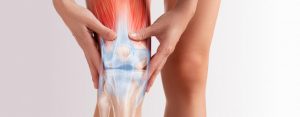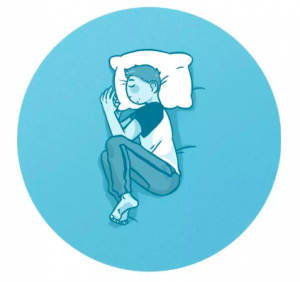Research is emerging between the implementation of Chiropractic care into asthma treatment. Though no studies have shown that Chiropractic care completely resolves the symptoms of asthma, studies have shown that improves patients symptoms and provides patients with an improved quality of life. Patients night-time symptoms were particularly improved after chiropractic treatment.

Asthma can have several triggers and causes:
- Allergic asthma: When an allergy, such as, mold, roaches, pollens and pet dander sets off an asthma flare up.
- Asthma without allergies: When asthma is not triggered by allergies it is usually triggered by an upper respiratory infection.
- Aspirin Exacerbated Respiratory Disease (AERD): When people who take aspirin develop sneezing and a stuffy nose, which eventually progresses to wheezing and labored breathing.
- Exercise induced asthma: When physical exertion leads to coughing, difficulty breathing, and chest tightness that improves when exertion is stopped.
- Cough variant: When low vitamin D levels correlate with a dry hacking cough while awake or asleep.
- Occupational asthma: When a workplace irritant sets off an asthma attack, irritants are usually smoke, chlorine, or wheat. These irritants are distinct from allergens as the irritants are inhaled and trigger an attack but provide no positive skin test.

Corticosteroids, bronchodilators, and avoiding irritants are often the most suggested treatment of asthma, however, the chiropractic treatment Sacro-Occipital Technique (SOT) also has been seen to be beneficial.
Methods utilize a systemic and systematic approach to removing neurological/structural/functional interferences thereby returning the innate healing capacity to the system.
- Category I: Primary respiratory mechanism between the sacrum and occiput. This relationship is described typically as pelvic torsion (twisting of the pelvis that makes it seem as if one leg is shorter than the other) with limited sacral nutation (tailbone movement). The spinal and cranial meningeal and cerebrospinal fluid (CSF) systems function, to a degree, like a closed kinematic chain. Therefore the sacral or tailbone meningeal attachments and reduced movement can have an effect on the tissues above such as the spine with meningeal altered tensions, CSF stagnation, and altered vascular related function.
- Category II: Over-motion or instability of the sacroiliac joint causing a dysfunctional relationship between the tailbone and pelvis. The sacroiliac weight-bearing joint sprain makes it difficult for the body to maintain itself against gravity and function at its optimum. It is common with this category to find low back imbalance which can affect the knees, shoulders, neck and TMJ with Category II patients. When Category II patients are not treated and the condition persists it can lead to a Category III type condition.
- Category III: Associated with severe low back pain relating to sciatica or disc herniations. Patients often have difficulty standing up straight and can be leaning to one side and forward. They will have pain when they cough or sneeze, attempt to sit or arise from a seated position, or even just putting on their shoes. It is also possible to have numbness or weakness in the legs.






